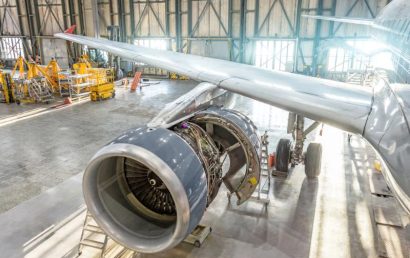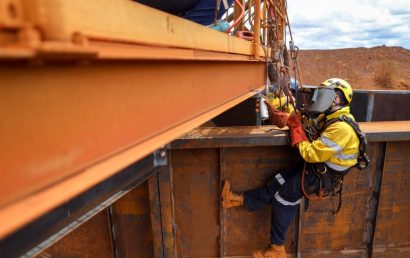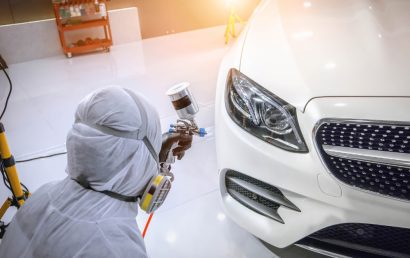2 Ways High Emissivity Coatings Save Energy In Industrial Furnaces
If Emissivity Coating is used, it gets applied to the hot surface of the kiln. Radiant and convective burners and hot kiln gases get absorbed from the surface of the coating and re-radiated over to more extensive kiln sections.
Gas Consumption
Step by step, the burner was adjusted to low temperature from time to time or shut down, while the burner control was switched back to restore the system to equilibrium. From 1st May 2021, the energy consumption mode has been monitored carefully or contrasted to the situation before coating. Owing to an advanced energy management system, adhering to ISO 50001, the following quantities of energy data were extracted from the system:
Gas consumption was closely monitored from the furnace-dryer assembly. Significant changes were detected in raw material composition, volume, and type of porous material or products. These were taken into account in calculations with many production issues. Following six months of monitoring, it may be confirmed that the most effective savings were in the hot air burner from the dryer and furnace. This results in a median reduction in natural gas consumption of around 7.5%.
Due to the evolving raw material composition and diverse volume of porous material or goods, the energy consumption was monitored for a more extended period to find trends in energy saving. Still, it is already proven that the switch-on time of the burners remains briefer than previously recorded. Likewise, it may be determined that energy has been shifted into the cooling zone so that hotter temperatures are accessed at all upper exhausts to help with drying processes. The burners take in less energy than a dryer, so that the energy savings may be recorded here too. Over the subsequent examination of the kiln (upon one year of operation using coating), the durability of coatings on the brick linings may then be examined.
The coating was applied over a fiber lining. Then, after over a year of kiln operation with the broad range of atmospheres detected from firing off a wide range of goods, no damage or change was detected.
Energy Savings From Emissivity Coatings
From experiments., test results reveal that about 6 % energy savings were achieved through the small batch kiln for the industrial project. Emissivity coatings thus can absorb energy.
As the temperature of the coatings or the kiln contents is increased to the fourth level of power, it is clear that Emissivity coatings absorb and re-radiate the most energy when the temperature difference between the coating and the kiln content is at its highest. To add, uncoated refractories have emissivity, Ew, in the range of 0.3-0.5 for tunnel kiln operating temperatures. Applying Emissivity coatings to the refractory raises the emissivity of the refractory to around 0.9. This implies that 90% of the energy taken in by Emissivity coatings gets re-radiated to lower temperature kiln contents.
An increase in the Emissivity of the kiln was seen with the application of Emissivity Coatings, raised to 0.9. In that case, a higher volume of emitted energy gets taken in and re-radiated to a broader infrared wavelength bandwidth. Greater energy mass may pass from “waveband windows” to kiln contents. The applied Emissivity Coatings from a gas-fired unit allowed for the growth of the narrow bandwidths and re-radiated energy in more significant proportions.



